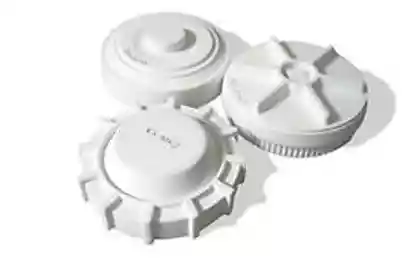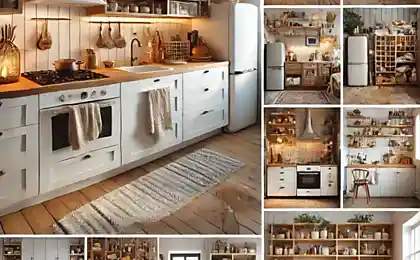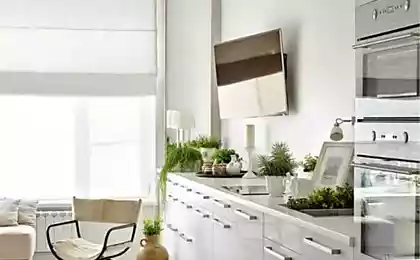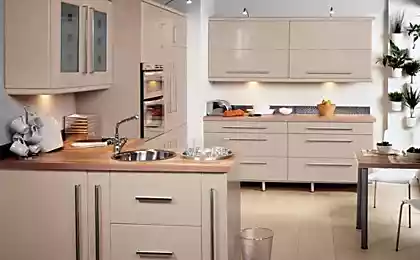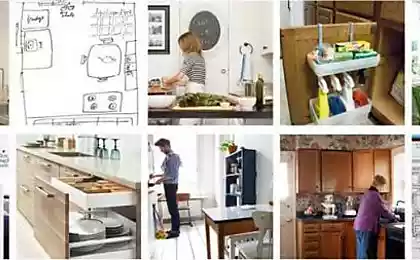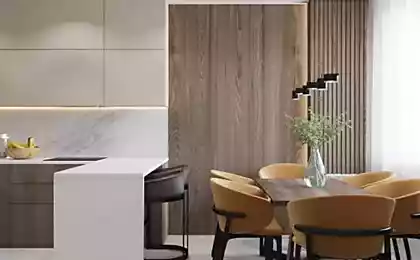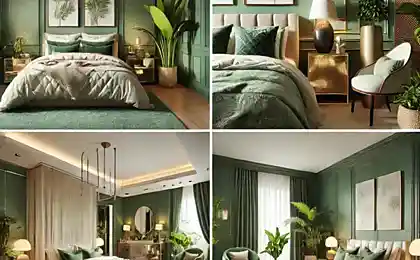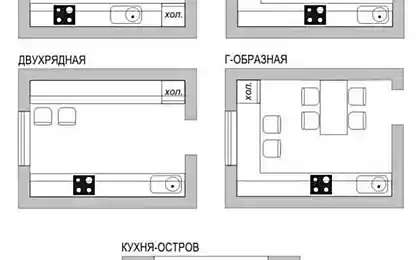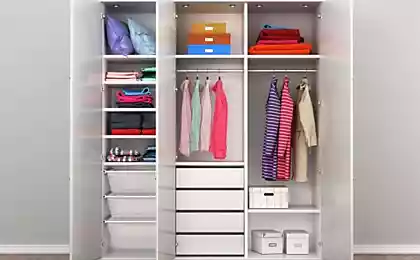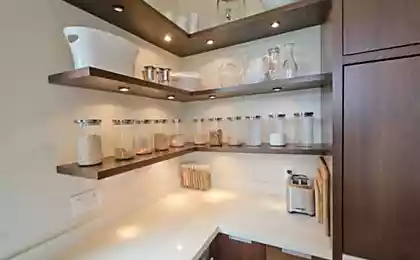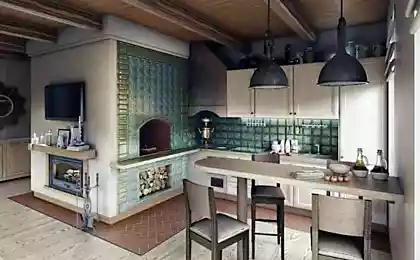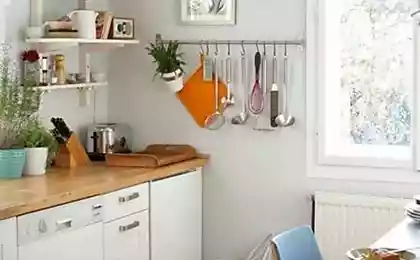196
Kitchen design trends: stylish cabinets for any interior
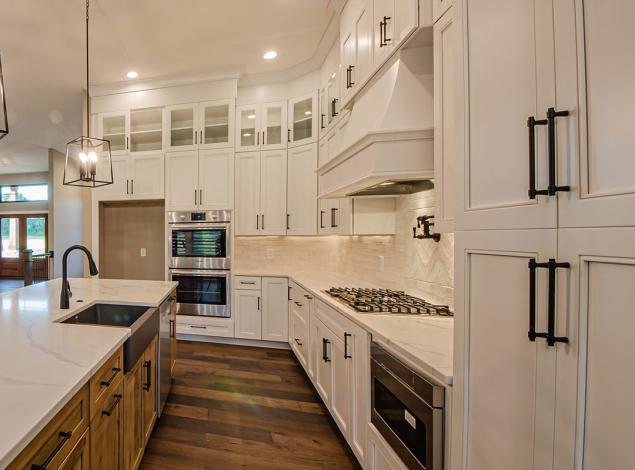
Kitchen cabinets are more than just storage—they define how a space feels and functions. Whether you're working with a cozy city apartment, a spacious suburban home, or a commercial kitchen, cabinetry plays a central role in the overall design. From enduring styles to modern innovations, today's trends combine beauty with purpose.
Timeless kitchen cabinet styles that never go out of fashionClassic Shaker cabinetsWith their clean lines and balanced proportions, kitchen cabinets in toronto have become an enduring staple in kitchen design. They offer a neutral base that pairs well with nearly any countertop, backsplash, or floor material. Their adaptability is what makes them timeless, blending well with both traditional and transitional spaces.
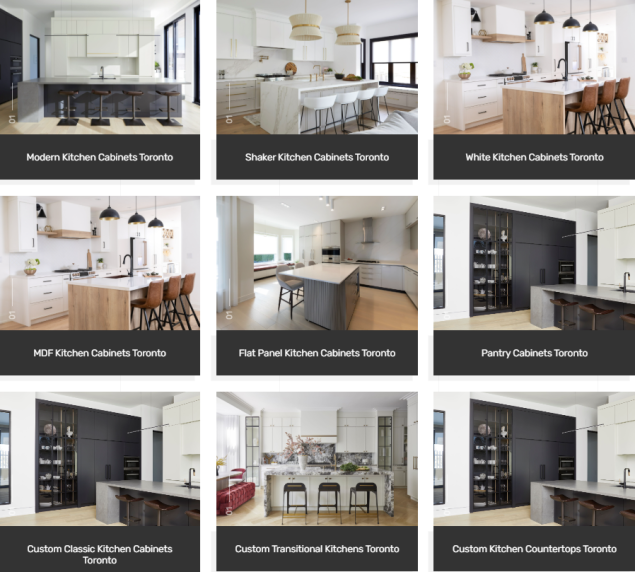
Flat-panel designsSimplicity is the essence of flat-panel or slab-style cabinets. These minimalist doors have no detailing or framing, allowing the material and finish to take center stage. They're often used in contemporary kitchens where straight lines and open layouts dominate.Innovative materials for modern kitchen cabinetsSustainable materialsInterest in environmentally friendly materials continues to grow. Bamboo, for example, matures quickly and offers strength similar to hardwood. Reclaimed wood reduces the demand for new lumber and gives a second life to unique textures and tones. Eco-friendly laminates and non-toxic adhesives are also becoming standard in many designs.
High-durability optionsIn high-traffic areas, durability is a key concern. Medium-density fiberboard (MDF) with water-resistant coatings, stainless steel surfaces, and high-pressure laminate (HPL) panels are often used in environments where wear and tear are daily challenges.
Color trends in kitchen cabinetry: from bold to neutralDark, moody palettesDeep shades such as charcoal, navy, and forest green are becoming increasingly popular. They create a sophisticated atmosphere and pair well with metallic accents and natural wood tones. These darker hues work particularly well in open spaces where lighting can be controlled.Warm neutralsMoving away from cold grays and stark whites, warmer tones like taupe, beige, and soft clay are making a comeback. These colors evoke comfort and pair well with organic materials like stone and wood. Their understated nature helps create kitchens that feel grounded and inviting.
Two-tone combinationsUsing different colors for upper and lower cabinets adds visual interest without overwhelming the space. A common combination is light cabinets on top and darker ones below. This approach also provides a natural focal point in the kitchen and can help divide zones in open-plan layouts.
Smart storage solutions for functional and stylish kitchensPull-outs and corner innovationsTraditional lower cabinets can be hard to access, but innovations like pull-out trays, rotating carousels, and soft-close drawers help improve accessibility. These additions aren’t just practical—they also help keep items organized and visible.Hidden features and built-insToday’s cabinetry often hides more than it reveals. Built-in compartments for waste bins, charging stations, or small appliances allow for cleaner countertops. These hidden elements make kitchens more efficient without sacrificing aesthetics.
Customization for various needsEvery kitchen user has unique habits. Whether it’s a baking enthusiast needing vertical tray storage or a busy café requiring industrial layout efficiency, cabinets can now be designed around specific routines.Hardware and finishing touches: elevating your cabinetsHandleless vs. decorative hardwareHandleless cabinets are associated with sleek, modern aesthetics and are often paired with push-to-open or recessed pull systems. On the flip side, bold hardware—like matte black knobs or oversized brass pulls—can act as statement pieces that define the cabinetry’s character.Metallic and textured accentsFinishes like brushed gold, antique bronze, and black nickel are gaining traction for their ability to complement both light and dark cabinets. These details create visual contrast and can tie together various elements, such as faucets and lighting.Adapting kitchen cabinets for small spaces and open layoutsSolutions for compact kitchensIn smaller homes or apartments, every inch matters. Cabinets designed with integrated storage features like toe-kick drawers, vertical dividers, or fold-out work surfaces help maximize space. Reflective materials and lighter colors can also help create a sense of openness.Tall cabinetry for vertical storageFloor-to-ceiling cabinets are becoming more popular as homeowners look to make the most of vertical space. These cabinets help reduce clutter and are ideal for storing items used infrequently.Balancing closed and open storageOpen shelving works well when used selectively. Mixing open shelves with closed cabinets allows for flexibility and easy access to frequently used items, while still offering space to hide less attractive essentials.Commercial kitchen cabinets: durability meets designMaterials that can take a beatingIn commercial environments, Alliance Millwork cabinets must be resistant to moisture, heat, and impact. Stainless steel remains a go-to material, but high-pressure laminates are also widely used for their versatility and affordability.Modular options for changing needsCommercial kitchens often require flexibility. Modular cabinets and fixtures allow layouts to adapt to staff flow, menu changes, or even different business models. This adaptability is increasingly being integrated into both new builds and renovations.Kitchen cabinetry continues to evolve, balancing aesthetic preferences with practical demands. With a growing emphasis on customization, sustainability, and innovation, cabinets today are as much about personal expression as they are about storage. Whether you're planning a residential renovation or working on a commercial layout, keeping these trends in mind will help you create a space that functions beautifully and feels distinctly your own.

6 Reasons to Implement the “Good Enough” Principle in Your Life
7 Signs of Moral Exhaustion and Pathways to the Revival of Internal Energy
